#QUESTION: Does kitty litter have Lead? ANSWER: Yes, it may, and if it does it’s a big problem. Here’s why…
For those new to this website:
Tamara Rubin is a multiple-federal-award-winning independent advocate for childhood Lead poisoning prevention and consumer goods safety and a documentary filmmaker. She is also a mother of Lead-poisoned children (two of her sons were acutely Lead-poisoned in 2005). Since 2009, Tamara has been using XRF technology (a scientific method used by the U.S. Consumer Product Safety Commission) to test consumer goods for toxicants (specifically heavy metals — including Lead, Cadmium, Mercury, Antimony, and Arsenic). All test results reported on this website are science-based, accurate, and replicable. Items are tested multiple times to confirm the test results for each component tested. Tamara’s work was featured in Consumer Reports Magazine in February 2023 (March 2023 print edition)and in The Guardian in November of 2023.
This is an ad-free article.
To make a contribution to help us keep our most widely-read articles ad-free, click here. Thank you.
Please scroll to the bottom of the article for some likely Lead-free kitty litter choices!
Published: December 2, 2018
QUESTION: Does kitty litter have Lead?
ANSWER: Yes, it may — and if it does it’s a big problem. Here’s why…
As you may know, I help families everywhere whose kiddos have been poisoned. There have been a few instances in which a child’s poisoning has been a mystery to health inspectors and others trying to find the source. In at least one of these cases, the family’s kitty litter turned out to be the most likely source of possible Lead dust exposure.
When I was trying to help that particular family, I tested several kitty litter brands that I purchased locally at a store in Portland, Oregon — but didn’t find any that tested positive for Lead. However, despite not finding a “smoking gun” (in the form of any high-level contamination in that small test sample, which I procured from a local store in my city), given the strong suspicion based on all the other evidence in that case, I could not rule out their kitty litter as a possible source of exposure. As a result, I am always on the lookout for different types of kitty litter I might not have tested.
On a recent trip to California, I came across a bag of “Scoop Away Low Dust! Complete Performance” brand kitty litter. This was in a home where a kiddo tested positive for a blood Lead level of 1.0 — which is low, but it seemed unusual because there did not seem to be any other Lead hazards in the home as it had long ago been extensively renovated and the mama had made consistently good choices for her home goods and personal items (this included newer vinyl windows, re-done floors, new Lead-free kitchen tiles, Lead-free furniture, Lead-safe or Lead-free dishes, and more).
While it’s possible the kiddo was positive merely because he was in an urban environment, I want to be clear that the amount of Lead found in the dust in his cat’s kitty litter was high enough to be a likely source of his exposure.
I did several tests on this kitty litter using an XRF instrument, and here are two representative samples of the levels I found:
To learn more about XRF testing, click HERE.
Test one:
(60+ seconds)
- Lead (Pb): 27 +/- 11 ppm (= a range of 16 to 38 ppm)
- Barium (Ba): 162 +/- 46 ppm
- Cadmium (Cd): Non-Detect / Negative
- Arsenic (As): Non-Detect / Negative
- Mercury (Hg): Non-Detect / Negative
- Zinc (Zn): 66 +/- 20 ppm
- Iron (Fe): 23,500 +/- 800 ppm
- Bismuth (Bi): 22 +/- 10 ppm
- Vanadium (V): 155 +/- 30 ppm
- Titanium (Ti): 613 +/- 59 ppm
Test two:
(90+ seconds)
- Lead (Pb): 23 +/- 8 ppm (= a range of 15 to 31 ppm)
- Barium (Ba): 247 +/- 33 ppm
- Cadmium (Cd): Non-Detect / Negative
- Arsenic (As): Non-Detect / Negative
- Mercury (Hg): Non-Detect / Negative
- Zinc (Zn): 47 +/- 13 ppm
- Iron (Fe): 24,500 +/- 600 ppm
- Bismuth (Bi): 29 +/- 8 ppm
- Vanadium (V): 242 +/- 32 ppm
- Titanium (Ti): 803 +/- 61 ppm
- Indium (In): 15 +/- 7 ppm
- Platinum (Pt): 59 +/- 27 ppm
- Manganese (Mn): 538 +/- 145 ppm
For context: The amount of Lead considered toxic in a modern item intended for use by children is anything 90 ppm Lead (or higher) in the paint or coating.
As a result, the amount of Lead found in this kitty litter might initially SEEM like a very low level of Lead, but given it is Lead already in DUST form, and given it is dust that is being tracked around by a cat who steps in it many times each day and then walks around the house — a cat played with by the baby (and has free reign to walk on furniture, counters, and anywhere in the house) — it actually adds up to rather quite a LOT of potential Lead dust exposure to a small child who still spends most of his time playing on the floor!
Continue reading below the image…
Tamara, why is 27 ppm Lead “a lot of Lead” in this circumstance?
Here’s why this is a problem…
- Lead in dust on floors is considered toxic at levels that are far too low to be measured by an XRF instrument.
- The long-held federal (U.S.) standard at which Lead was considered unsafe in house dust was “40 micrograms of Lead per square foot“ and above.
- The current updated recommendation (and, hopefully, the soon-to-be-confirmed new federal standard) is that Lead should be considered unsafe in a child’s environment when floor levels are at or above “10 micrograms of Lead dust per square foot.“
- The scientific recommendation that is the most protective of children’s health (as cited by Dr. Bruce Lanphear in my documentary film) is actually that the hazard level for Lead found in floor dust should be set at “5 micrograms of Lead per square foot.“
But Tamara, what does that MEAN exactly? What does 5, 10, or 40 micrograms of Lead per square foot LOOK LIKE?
For context, I offer the sugar packet analogy that so many scientists (including Howard Mielke) have shared with me over the years:
- Consider that an amount of Lead dust equal in volume to one little SUGAR PACKET if spread evenly across an area equal to the size of a football field would create a dust hazard level of about 38 micrograms of Lead per square foot!
- Imagine a sugar packet’s worth of Lead dust.
- Now imagine the nearly impossible idea of that amount of dust spread evenly across the surface of an entire football field.
- Hopefully, now you can visualize why the dust level that is considered toxic is not even detectable using an XRF instrument (detecting this type of hazard requires an even more sensitive laboratory digestive analysis of a carefully collected dust-wipe sample)! (Click here for more information on testing the dust in your home: LINK.)
- The Lead in the dust of this particular kitty litter sample (pictured here on this page) WAS well within even the much higher detection range of an XRF … So, by extrapolation, the cumulative dust level on floors as a result of the Lead level in that kitty litter could likely be MUCH higher than the current federal standard (which is quite outdated and has been determined to not be protective of children’s health!). (That would be an interesting experiment to do sometime: Spill some kitty litter out onto a floor, pick up all the visible debris, and then collect a dust-wipe sample of that floor for lab analysis!)
So yes, SOME kitty litters (like this Scoop Away) DO have enough Lead in them to create a Lead dust hazard for small children (NOT TO MENTION CREATING A HAZARD FOR YOUR PETS).
Side note on pets: One of the more common impacts of Lead exposure (that has been well-studied) is kidney failure. How many kitties do you know who have died of kidney failure? I have known quite a few.
Some links about kidney failure in kitties:
So what is the solution?
As usual, the solutions are simple and there are many options:
- Don’t use clay-based kitty litter.
- Don’t use any kind of clumping kitty litter that might have a clay ingredient.
- Use natural material kitty litter that is less likely to contain high levels of Lead. If you have choices for brands that you use that are likely to be Lead-free (based on 1 & 2 above) and are all-natural, please share those with me and I will link them here. So far I have heard of the following (Note: I have not used any of these products and understand there can be drawbacks to each type, but the focus of my work is always to start by recommending Lead-free options):
- Consider having your cats “go” outside (I know this is a controversial choice — from the perspective of protectors of songbirds, but you can also put bell collars on your cats). We have four outdoor rescue cats here at the Rubin Compound and have never used any kitty litter and we use pine-based litter for our indoor bunny.
As always, thank you for reading and for sharing these articles.
Please let me know if you have any questions at all.
Tamara Rubin
Owner- Lead Safe Mama, LLC
#LeadSafeMama
*Amazon links are affiliate links. If you purchase something after clicking on one of our links, Lead Safe Mama, LLC may receive a small percentage of what you spend at no extra cost to you. Thank you for supporting my advocacy work in this way.
Never Miss an Important Article Again!
Join our Email List








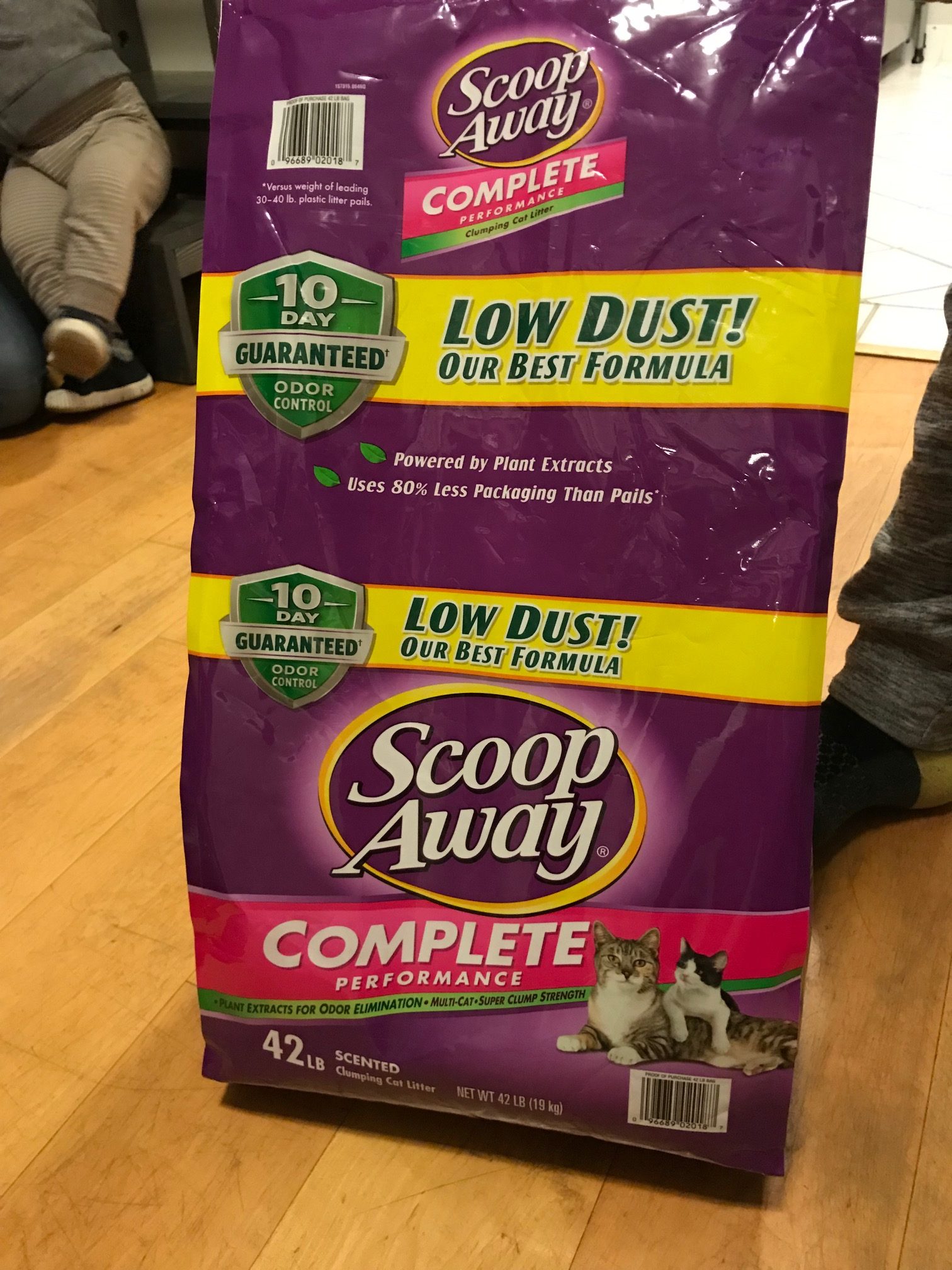
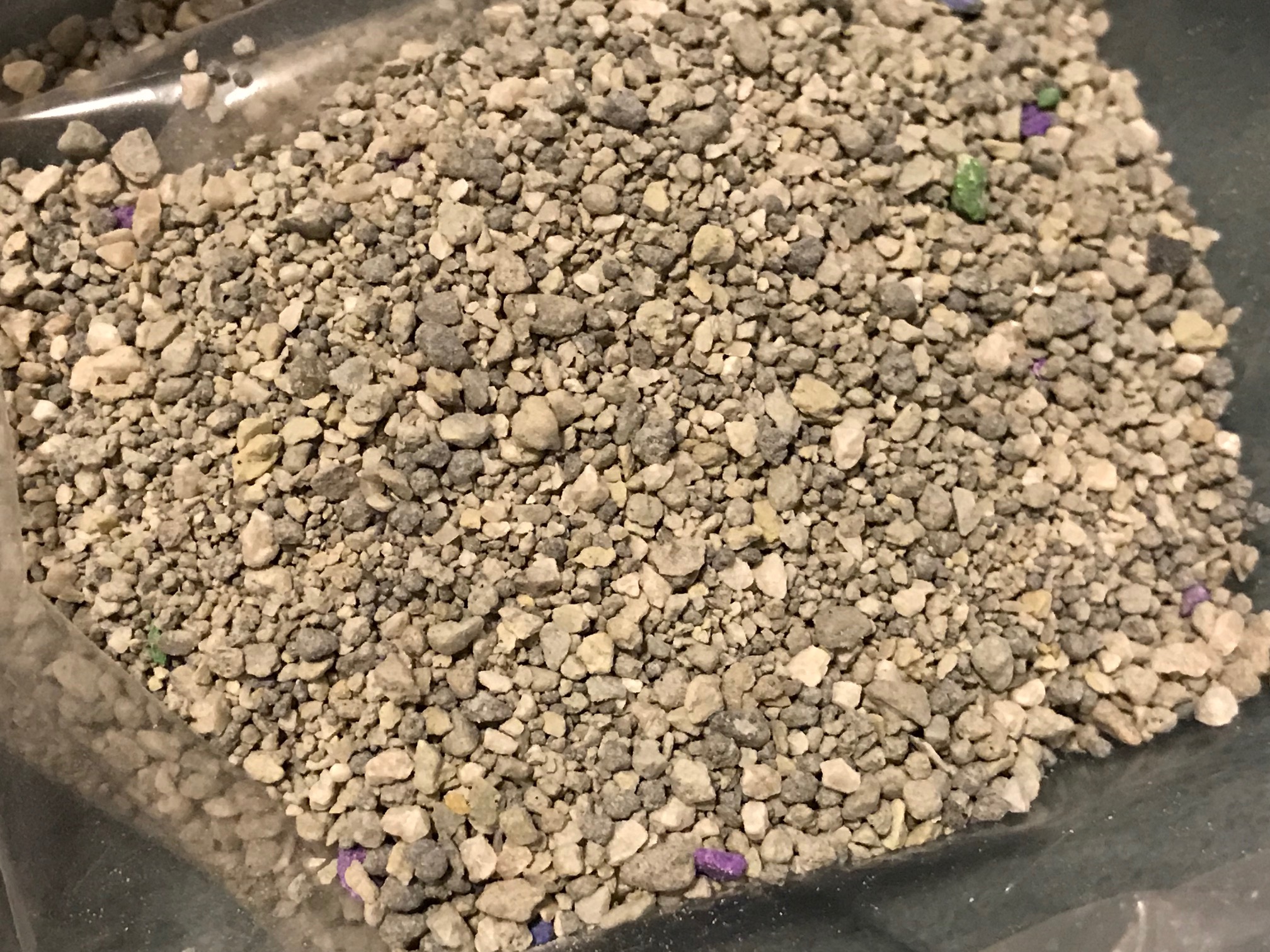
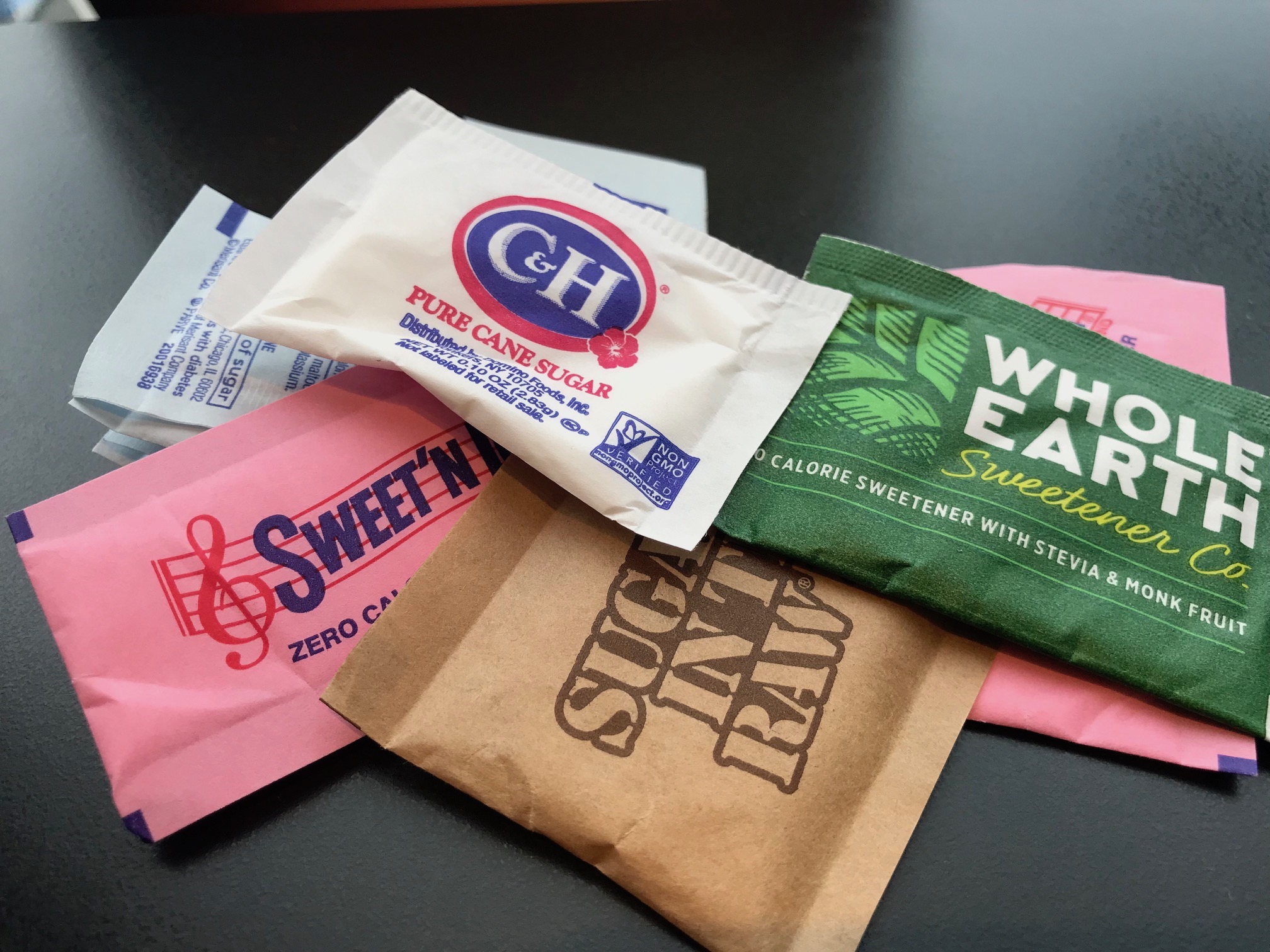
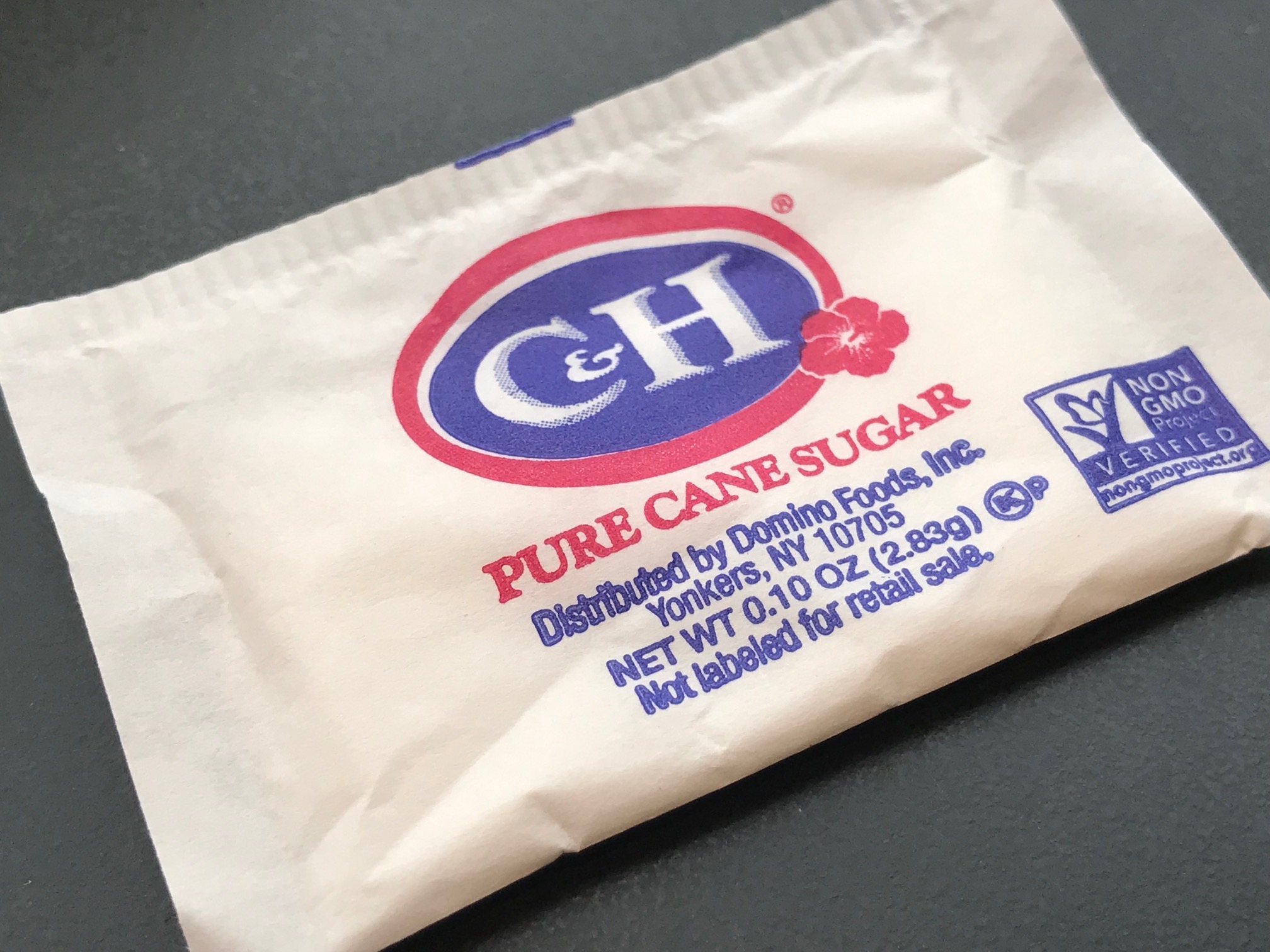

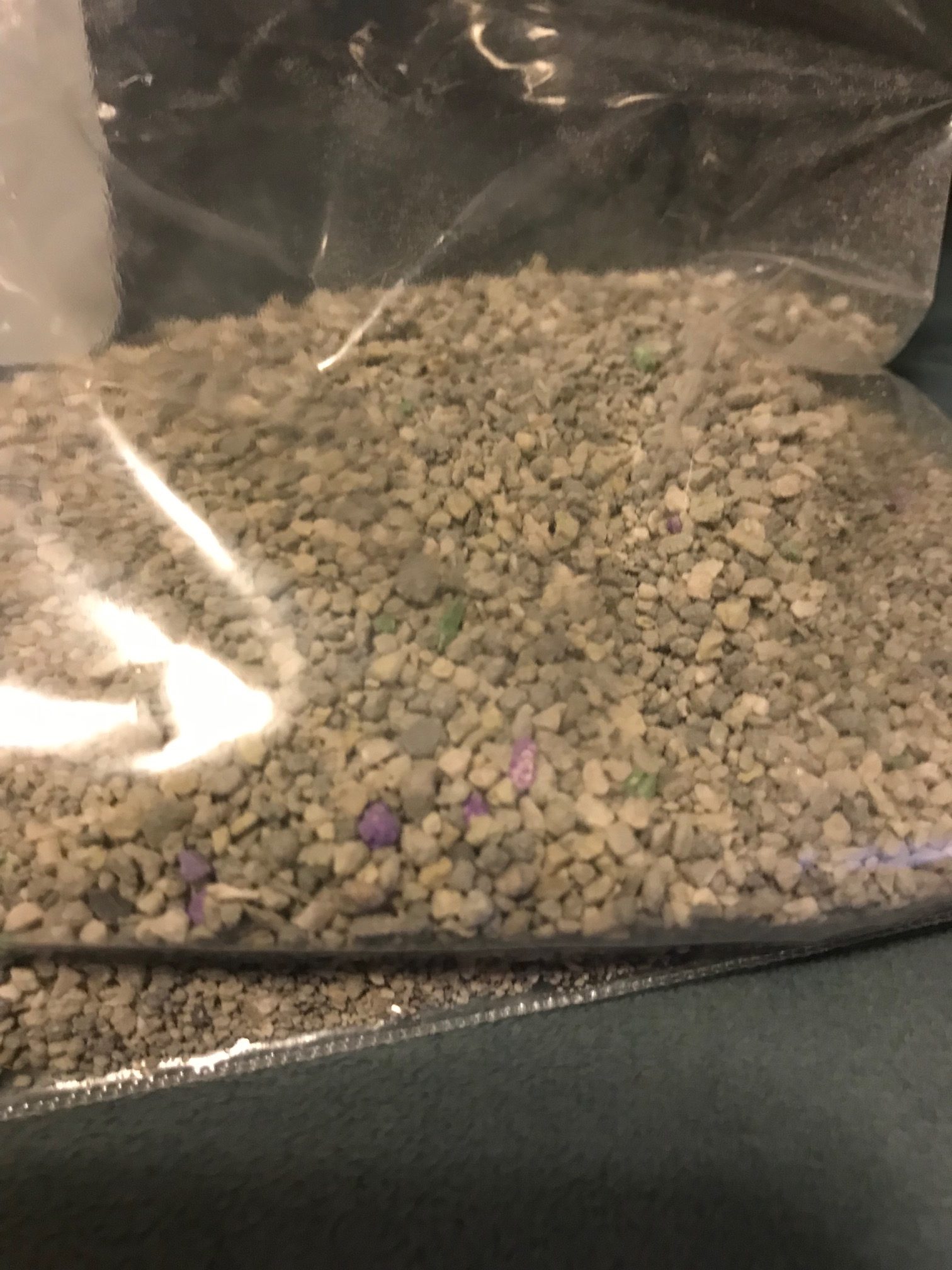

Tamara,
Thank you for this important revelation!
Have you tested any of the Arm and Hammer brand of clumping kitty litter? It makes so much dust. I sincerely hope it’s not contaminated.
I haven’t tested that yet. I am going to create a post so folks can send me samples to test though. Maybe you could send me some (I will link that back here.) Thanks for commenting!
-Tamara
Would love to know as we use the arm and hammer brand. Thank you!!
Hello,
Can I send you some kitty litters to test?
Hi Tamara, I am a toxicologist and veterinarian. In the FB story for this article, you strongly imply that there is a proven link between lead poisoning (from clay based litters) and kidney failure in cats. I think this is a bit of a jump, but an interesting hypothesis. Do you have any literature to support lead poisoning as a common cause of kidney failure in cats? Are you still accepting litter samples for testing? Thank you,
Colette Wegenast, DVM, DABT
Lead poisoning is a common cause of kidney failure in animals (including animal studies / research animals and humans.) This is well studied. For starters, please do watch my film if you have not yet: https://tamararubin.com/2023/01/a-link-to-my-film/
Tamara
Hi Tamara,
I just watched your movie- and thought it was great. As an advocate for lead safety for many years, I would love to see it on Netflix to reach more people. It didn’t, however, answer my questions about scientific evidence for clay cat litter causing lead toxicosis and kidney failure in cats. I would love to talk with you about testing more litters.
Kind regards,
Colette
Thanks for taking the time to watch the film… it does talk about kidney failure resulting from Lead exposure (I believe Dr. Lanphear mentions it) – Here’s the response I sent to another reader and posted on Instagram too: https://www.instagram.com/p/C3hiaK2K1AC/?igsh=ZWI2YzEzYmMxYg==
Since writing this article six years ago, I have tested dozens more examples of clay-based litter. They have all test positive for Lead and none should be used. Watch this video: https://www.instagram.com/reel/C2fk0PzK3VY/?igsh=ZWI2YzEzYmMxYg==
Sabrina, she tested arm and hammer and put up info yesterday!
Thanks, Kimberly. I was the one who sent in the sample, and I’m SO GRATEFUL that she tested it. <3
Is there a list of kitty litter that do have lead?
Wow, I had no idEa there was lead in clay cat litter.
I wonder where those outdoor cats are going to the bathroom? Hope it’s not a neighbor’s yard or garden! Cat feces carries diseases that you don’t want near your garden produce or to accidentally pick up while weeding! I’ve personally encountered both of these because of a neighbor’s cats. Please do not consider this as an option. You’re just shirking your responsibility for your cat’s bathroom needs. There are natural litter options as you mentioned. No excuse!
Mostly in our yard – we have raised beds to keep them out of our food garden – but they go in a couple specific areas of our yard. We have a very big yard. This also helps to keep the other critters away (mice and rats) which is a problem in many cities.
This is astounding! I am switching to World’s Best litter today! Thx!
I have 3 cats that mostly go outside to potty — I have acreage.
If I still lived in the suburbs, I would build a cheap “cat yard” using 2x4s and chicken wire to create a tunnel from a pet door that would lead to a garden-like, litter area.
Thanks for doing this research that cam save lives from CKD.
You are very welcome!
World’s Best Cat Litter is Awesome! So easy to clean too. It is all natural and no smell, no perfumes, no dust and sounds like no lead.
One of our cats likes Dr. Elsey’s (Cat specialist Veterinarian) Cat Attract litter. Cat Attract is especially good for cats who have urinary issues, ie going outside the box, urinary tract infections etc. We use this litter along with World’s Best Cat Litter. I hope Cat Attract is free of Lead & other metals. I would suspect so but I guess we don’t know for sure until tested.
Thank you so much for this information. I’m definitely going to switch to a non-clay cat litter. I’m thinking of going with the World’s Best Cat Litter brand. Have you tested either the regular formula or multi-cat formula for lead or other harmful metals?
Also, do you have any recommendations since we have been using clay litter (which probably contains some amount of lead) for many years. Specifically in regards to how to clean fabric furniture and carpet? Do you recommend replacing these items and flooring or can they be washed so that they are safe? We have small children and want the environment they play in to be lead free.
Thanks again!
i had a cat that developed pneumonia and asthma when i used scoop away… there was an on line comment from someone about the dust in these types of cat litter and lung disease.. i believe it.. the dust would go everywhere!! so switched to pine pellets aka horse bedding.. 40# bag was $8… kitties asthma stabilized and never got worse….and i didn’t have kitty litter dust infiltrating my house!!
Have you tested any more litters? For awhile I used a scented litter but it made me sick so I then tried every “natural” litter available and they were all terrible for one reason or another. There may be new options now since that was several years ago but it was so expensive trying out a bunch of failures. I am using an unscented clay litter now, how would one go about testing it?
Have you tested the cat litter buckets? I recently started using them as self watering containers to grow food. Now I am wondering about it. The square buckets, most are yellow, but they come in several colors.
Hi Tamara,
Have you tested the Breeze Litter System – Litter Pellets by Tidy Cat? The ingredient list says Mordenite zeolite, (a natural mineral), and fragrance
If not, can I send you a sample?
https://www.amazon.com/gp/aw/d/B001E530FW?psc=1&ref=ppx_pop_mob_b_asin_title
Thank you.
What about the litter from Costco? I bet it has lead because it is a clumping litter and sure enough, my sweet kitty has kidney disease.
If it is clay-based it is concerning for sure.
T
The answer is to toilet train your cat. We have a rescue I’ve been training for months. It’s a slow process but everyday I hear her tinkle in the water, it’s soo worth it, as is when her business is in the pot!!
This is concerning. I do not have a cat, but I do use clay-based perfume-free kitty litter as a grit substitute in the compost for vegetables grown in pots. Can I presume the vegetables may be as contaminated as if they are growing on lead-contaminated soils?
Yes. You should stop doing this for sure.
I switched to Okocat Wood cat litter long ago and it is great. Hardly any dust at all. Great article! And yes, many cats die from kidney failure.
What are your thoughts on Okocat. It has been the best litter we used, we stopped the clay litter but now I was worried about the FSC certified component of it and if recycled wood could mean leaded?
Thank you!
We use SWheat Scoop, which is 100% wheat: sWheat Scoop Wheat-Based Natural Cat Litter, (Packaging May Vary) https://a.co/d/breQ92I
Curious if this has been tested to confirm no lead?
Jen, wheat is heavily sprayed with Glyphosate, unless it comes from organic wheat, which i doubt it.
My 2 year old Grandson just had a lead test come back positive and I use fresh step lightweight, clumping, cat litter with Febreze freshener and there’s no Contant ingredient on the box. I’m just wondering if you know if that contains lead?grandson just had a blood test come back positive and I use fresh step lightweight clumping cat litter with Febreze freshener and there’s no ingredient on the box, I’m just wondering if you know if that contains lead?
This is definitely concerning. My dilemma, is that I’ve tried all the organic litters, like World’s Best, and several of the corn based ones. And the bacteria level of the organic content made all 4 of my cats violently ill.
The ammonia from pine litter put my mom in the hospital with severe respiratory distress.
I now use Dr. Elsey’s, but I’m pretty sure that’s clay-based.
Sigh.
Thank you for looking into this, Tamara! We so wanted to use the World’s Best Kitty Litter but our kitty thinks it’s food and eats it! We’ve tried twice now with the same result. Now we use OKOKAT (pine litter) but was wondering like some readers above, if you tested it.
Thank you so much!
Thank you for devoting your time to this very important work! I would love to know if you have a spreadsheet or a link to a list of cat litters that you have tested and what the results were of each. Also, are you still testing cat litters and if so would I be able to send you a sample of a few different types to test. If so then how big of a sample would you need for each type of litter and where would I send the samples.
Again thank you so much for all you do!
Hello Tamara,
Can I send you Dr Elsey’s litter to test please? We have 3 cats who use this.
Do you know if the tofu litter would be safer?
Is Dr. Elsey’s clay based?
T
yes 🙁
what about crystal cat litter? I used fresh step crystals. Its not the clumping kind. Have you perhaps tested or know anything on the crystal based kinds?
Do you have a list of other litters you have tested?
I’ve been using Dr Elsey’s Ultra for a while now, but I don’t like that it appears to use Bentonite clay. I’m desperately seeking other alternatives, but the bacteria content produced in plant-based litters also makes my cats violently ill. So, I’m so confused on what to use!
Could you please post the results of all the clay based litter testing you have performed?
I don’t have articles for everything I have tested. I have tested probably about 100,000+ items/ products since I began testing using XRF technology in 2009… and only have 4,000 articles here on the website. I do encourage others to undertake this work in addition to my work though. Many times I will publish a series of articles and then a scientist or research institution follows up and does a more formal study based on my work. We don’t personally have the resources to do that level of study given the depth and breadth of the work that we do (and our focus being primarily to work with families whose children have been poisoned.)
Tamara
Here’s the kitty litter category of articles on the site, there are three related articles: https://tamararubin.com/category/kitty-litter/
We have been trying to locate the source of lead in our 1996 home since my 18m old has elevated levels. I had no idea cat litter contained lead, but I think this is likely a culprit!! Her levels are higher than the one you mentioned here, and I’m racking my brain trying to figure it out, but this feels like a step in the right direction!
Hi!!
Thank you so much for the info! What do you think about this grass based litter: https://www.amazon.com/gp/product/B00P0H6836/ref=ppx_yo_dt_b_asin_title_o02_s00?ie=UTF8&psc=1
I was using world’s best cat litter, but now I’m concerned w/ the articles about possible mold – https://truthaboutpetfood.com/caution-to-use-of-corn-based-cat-litters/?fbclid=IwAR1MQ0-PJMof2QRWMJ99mPe-7x4z1f7Sk4sZTl0NPcjAMpRkvcA_prbUl1c#:~:text=One%20pet%20owner%20says%20a,a%20corn%20based%20cat%20litter.&text=March%2021%2C%202010-,Corn%20and%20moisture%20are%20not%20a%20good%20combination%3B%20deadly,mold%20can%20be%20the%20result
My children both tested postive for high lead levels, 9.6. We use So Phresh advanced clumping litter from Petco.
Have you watched my documentary film yet – you might find some additional answers there.
Here’s the link to watch the film:
https://tamararubin.com/2023/01/a-link-to-my-film/
Tamara
I will check this out for sure. It is amazing how little help and resources there are. I bought new litter and now need to figure out how to decontaminate my home. Unfortunately if the cats do not like the litter looks like I will be forced to rehome them. My kids come first and this makes me feel awful I exposed them like this.